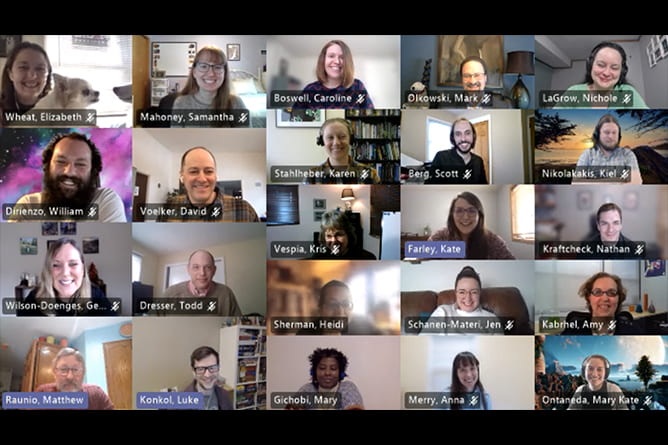Category: News
-

Highlights from the 2021 Instructional Development Institute
By
|
Each January CATL and the Instructional Development Council host the Instructional Development Institute, a conference for faculty and staff that promotes the continued development and application of best practices for teaching and learning. The conference was held virtually this year on Jan. 19 and 21 and consisted of a variety of synchronous and asynchronous presentations…
-
Session Recording: “The UWGB Land Acknowledgment: How to Meaningfully and Respectfully Recognize Wisconsin’s First Nations” (Jan. 19, 2021)
By
|
Presentation on the UWGB Land Acknowledgment from the Instructional Development Institute, 2021.
-

Exam Conversions Available
By
|
In response to the added challenges of the semester, CATL has procured limited access to a tool for converting and importing quizzes (or exams) to Canvas. The tool converts a formatted text document (.txt, .rtf, or Word) into a Canvas quiz. Details of the formatting required can be found in this document (downloadable PDF). Use…
-
Event Follow-Up: “Academic Integrity Live Panel & Workshop”
By
|
Bill Dirienzo, Mark Olkowski, Nichole LaGrow, and the CATL team led a conversation around academic integrity for our campus on Nov. 13, 2020. Below are some clips from the panel that helped steer our discussion, as well as related resources. Video Segments from the Panel Resources to Continue the Conversation

